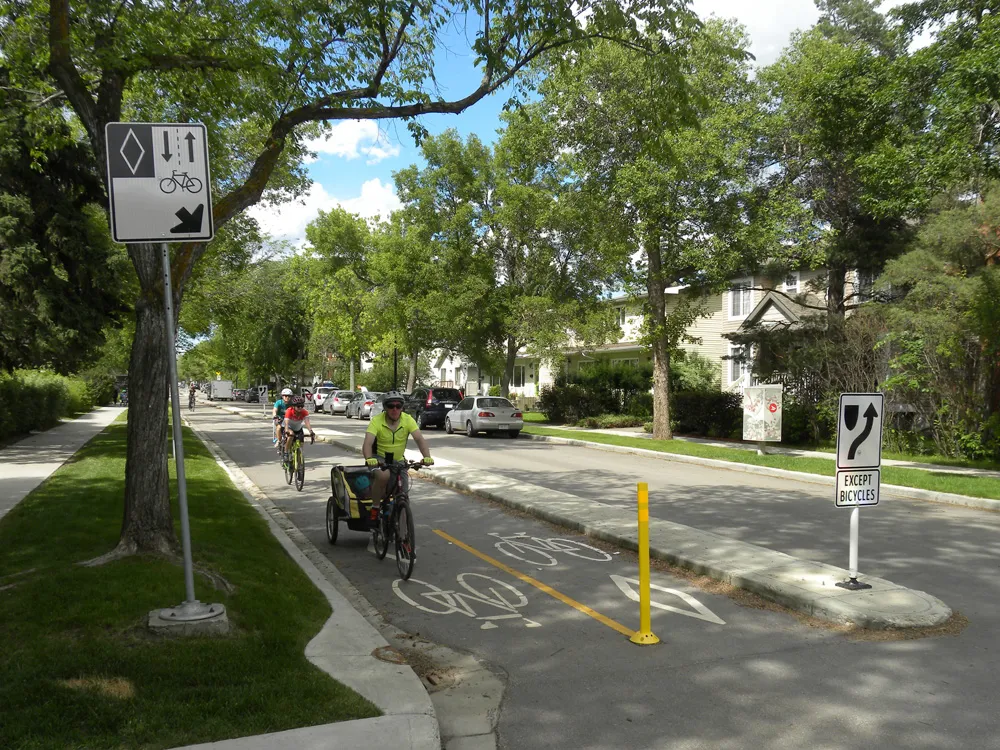Transpo's T-28 Color-Safe Surface Transpo Industries has launched two new products: the T-28 Color-Safe Surface and T-78 Polymer Crack Sealer. T-28 is an acrylic-based resin system used for pavement area markings and anti-skid surfacing. Typically used for demarcation of bicycle/pedestrian paths, bus stops/lanes and other specially designated areas, it enhances skid resistance while its colour warns travellers of hazardous turns and other high accident areas on asphalt and concrete roadways.
June 19, 2012
Read time: 1 min

T-28 Color-Safe Surface and T-78 Polymer Crack Sealer.
T-28 is an acrylic-based resin system used for pavement area markings and anti-skid surfacing. Typically used for demarcation of bicycle/pedestrian paths, bus stops/lanes and other specially designated areas, it enhances skid resistance while its colour warns travellers of hazardous turns and other high accident areas on asphalt and concrete roadways.
Meanwhile, T-78 is a low-viscosity, methyl methacrylate resin system that is highly effective for sealing and filling cracks in concrete. It bonds well to the inner walls of cracks, restoring strength and preventing crack propagation. Capable of rapid cure (under one hour) in a wide range of temperatures, the application process requires minimal labour costs, reducing the need for specialised equipment.










